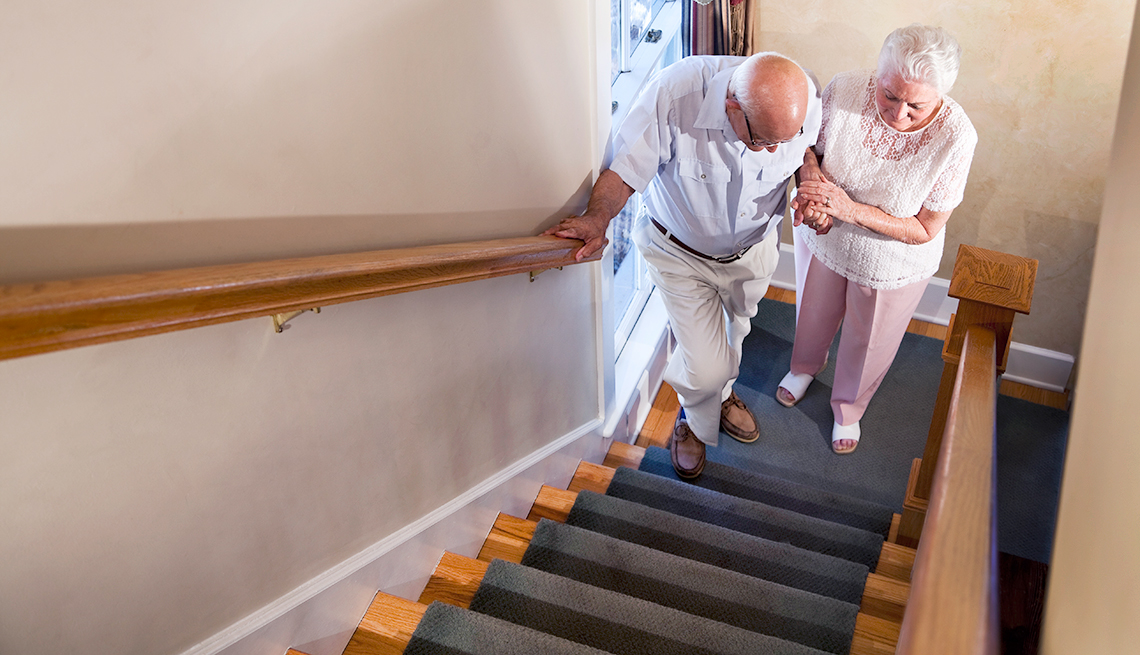Finding safe and comfortable accommodation for senior European trips is paramount for a truly enjoyable and stress-free experience. This journey requires careful planning, encompassing considerations beyond mere aesthetics; safety, accessibility, and convenience are key. From researching senior-friendly features and comparing prices across various accommodation types – hotels, senior residences, vacation rentals, or guesthouses – to prioritizing location and security, every detail contributes to a successful trip.
This guide will illuminate the process, ensuring seniors can confidently explore Europe’s rich tapestry of culture and history.
This exploration covers essential aspects like identifying senior-friendly features (accessibility, proximity to medical facilities), utilizing online booking platforms effectively, and understanding the nuances of different accommodation types. We’ll also delve into crucial safety and security measures, including travel insurance and emergency preparedness, while ensuring comfort is maintained through attention to room amenities, bathroom facilities, and accessible common areas. Ultimately, the aim is to empower seniors to plan and book their European adventures with confidence and peace of mind.

Planning a trip requires careful consideration, especially when catering to the needs of senior travelers. This guide Artikels key steps to ensure a comfortable and safe journey.

1. Planning & Research
Finding the Right Accommodation Finding suitable accommodation is paramount. Begin by identifying senior-friendly features. Look for accessibility features like ramps, elevators, and wide doorways. Proximity to medical facilities is crucial; verify their location and availability. Ensure emergency contact information is readily accessible.

Consider the location’s proximity to attractions, transportation (public transport and taxi services), and emergency services.Utilize online booking platforms effectively. Filter search results for senior-specific needs, such as single-story accommodations and grab bars in bathrooms. Thoroughly read reviews, paying close attention to comments on accessibility and experiences of other senior travelers. Compare prices and services across different options, evaluating value for money.
Consider inclusive packages offering breakfast or airport transfers, and carefully review cancellation policies. 2. Types of Accommodation Suitable for SeniorsSeveral accommodation types cater to seniors’ needs. Hotels offering dedicated senior services, such as luggage assistance and concierge services, are a good option. Carefully review accessibility features in hotel descriptions and photos.Senior-specific residences or retirement communities offer assisted living or independent living options. Explore the amenities and support services available.Vacation rentals, such as apartments or villas, can provide more space and independence.
Ensure accessibility features like ground floor access and suitable bathroom facilities are available. Confirm safety features such as secure entrances and well-lit areas.Guesthouses or B&Bs offer a more personalized experience. Verify accessibility and inquire about the host’s ability to assist with specific needs. Read reviews focusing on the host’s attentiveness and responsiveness. 3. Safety & Security ConsiderationsPrioritize safety and security.
Choose reputable accommodations by checking online reviews for safety and security concerns and verifying the accommodation’s legitimacy. Ensure accessibility in case of emergencies by confirming the availability of emergency exits, clear escape routes, and emergency contact numbers.Research the safety of the neighborhood. Be aware of local customs and laws, and inform someone of your travel plans. Comprehensive travel insurance is essential, covering medical emergencies, trip cancellations, and lost belongings.
4. Comfort & Convenience FeaturesComfort and convenience are vital. Evaluate room amenities, looking for comfortable beds, adequate lighting, ergonomic seating, and easy-to-use controls. Assess bathroom facilities, checking for grab bars, walk-in showers or accessible bathtubs, and appropriate toilet height. Confirm easy access to dining areas, lounges, and other common spaces. Investigate local transportation options, including public transport, taxi services, or car rentals.
5. Booking & CommunicationClear communication is key. Clearly state accessibility requirements and any specific assistance needed during the booking process. Review the booking confirmation carefully, ensuring all details (dates, services, costs) are accurate. Maintain contact with the accommodation provider before and during the trip to address any concerns or questions. Prepare for potential issues by having backup plans for unexpected events, such as flight delays or accommodation problems.
A well-planned trip ensures a relaxing and enjoyable experience for senior travelers.
Planning a senior European trip requires meticulous attention to detail, prioritizing safety, comfort, and accessibility. By carefully considering the factors discussed—from researching suitable accommodation types and locations to ensuring comprehensive travel insurance—seniors can embark on their European adventure with confidence. Remember that proactive planning, clear communication with accommodation providers, and a well-defined itinerary are vital components of a successful and memorable journey.
Embrace the adventure, knowing you’ve taken the necessary steps to ensure a smooth and enjoyable experience.

